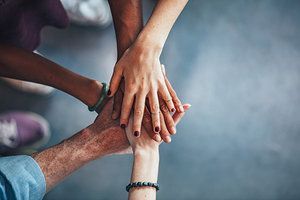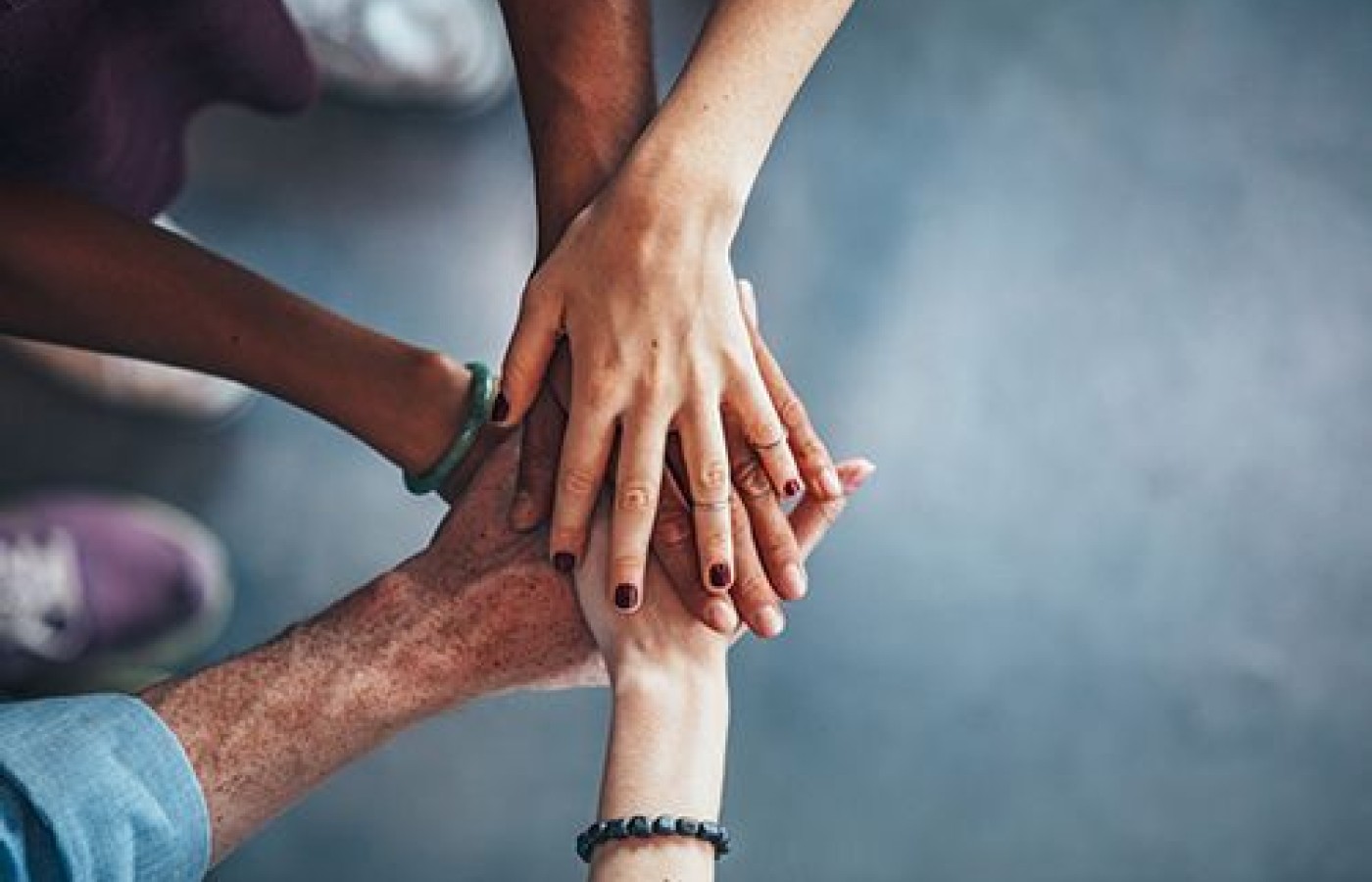Whether you accept it, avoid it or live somewhere in between, insurance coverage has become a defining issue for our profession. Patients increasingly expect to use their benefits, practitioners want to be compensated fairly for their time and expertise, and the system itself remains – at best – fragmented. The encouraging news is that coverage has expanded in meaningful ways. The challenging news is that reimbursement, across the board, remains inadequate.
Longing for (and Finding) Community in the Acupuncture Profession
In October of 2018, a group of acupuncturists gathered in Calistoga, California, underneath a gigantic walnut tree and expressed intentions for a week of education, personal healing, and community connections with Acupuncturists Without Borders (AWB).
We nourished our bodies with incredible food, explored medicine as a social justice issue, and learned ways that acupuncturists could employ trauma informed care in our lives and treatments.
Kindred Spirits
In small groups, we sat in council each day, saying what we needed to integrate into that day's work. At night, we soaked in a hot tub and stared up at the stars. At the end of the week, as I was saying goodbye to the amazing healers I shared this experience with, I thought, "Finally, a community of folks who feel the way I do, that we could bring this medicine out of the treatment room and into the world!"
In my work with AWB, I often hear practitioners of Chinese medicine say they don't have a lot of contact with other acupuncturists. For many clinicians, it's just us and our patients every day, possibly with a receptionist or office manager. There are lots of benefits to being the captain of the ship, and still, there may be something missing.

The experience of an acupuncture community at the AWB leadership retreat took me back to the strong sense of connection I had to my classmates while studying Chinese medicine in Albuquerque, New Mexico in the late 1990s. In school, we made diagnoses together, arguing about whether there was excess heat or a Yin Deficiency, and consulting with our instructors. We went out for tea, for beer, for burritos, and sometimes for the most forbidden food, ice cream.
After Point Location class, we huddled in small groups with tiny multicolored circle stickers, often used to reinforce holes in paper. We discussed and decided together the correct location to place the sticker on our volunteer. We always had people with whom to discuss our challenging patients, or the ways we wanted to use this medicine to make a difference.
We graduated and started our own private practices, or found jobs that included acupuncture. Maybe we stayed in touch with our classmates, or maybe we didn't.
Keeping in Contact With Other Acupuncturists
The longing for a community is not new. Cigna piloted a study in May 2018 that highlights a growing cultural experience of loneliness, finding 46 percent of Americans identify as always or sometimes feeling alone or left out. Not being able to discuss the principles, practices, and theories of Chinese medicine that we apply every day, can lend to that feeling of isolation.
It's true that the public awareness of acupuncture has come a long way in the last 40 years. We see characters receiving it on mainstream television episodes. Multiple national insurance companies cover the service. Our professional associations do a lot of work to protect acupuncture legislation and hold annual conferences where practitioners can network and learn new skills. We have great resources like Acupuncture Today and online discussion groups where we can share information and best practices. Yet, it still can be challenging to find people with whom we can discuss our medicine.
In the early 2000s when I began to practice, I moved to Oregon where acupuncture is included in many insurance plans. I became busy fairly quickly. One of my main referral sources was an emergency room social worker. We agreed that acupuncture was one of the best ways to re-regulate the nervous system, whether after a traumatic event, or a lifetime of dealing with systemic oppression.
Through referrals, I had a large number of patients who were recovering from domestic violence and sexual assault. I knew they could benefit from being in the same room with others who had survived something huge, but I was not sure how to bring them together. I kept looking around for people with whom I could collaborate. Luckily, AWB was already in the process of figuring this out.
A Journey to New Orleans
AWB started as a response to Hurricane Katrina in 2005. Inspired by the practice of community acupuncture in China (and the U.S.), a small group of acupuncturists made the journey to New Orleans to provide the NADA protocol as trauma relief acupuncture for people who had been affected by the hurricane. After continuing on the work for months in partnership with a community medical clinic called Common Ground, AWB was born. Practitioners came together around a common goal of providing service to communities impacted most by this disaster.
As my clinical experience and education around trauma recovery grew over the years, so did my appreciation of AWB's relief responses to natural disasters and tragic shootings. I became a member of AWB, giving a small monthly donation. It felt absolutely right to put my membership dues where my values were, and support an organization that used acupuncture in service to those who needed and requested it.
When I was finally able to attend a Healing Community Trauma training, I found a huge number of like-minded acupuncturists who wanted to challenge unhealed cycles of trauma. I used the AWB model to run a series of successful no-cost clinics for people who had survived domestic violence or sexual assault. At the time I was swamped with running my own practice and couldn't think about any kind of international trip. However, I was grateful that AWB existed, and kept looking at maps of the world, and thinking, "Someday..."
After finally going on an AWB trip to Nepal in 2013, I also saw how small groups of practitioners could train other acupuncturists to provide clinics that address region-specific problems and create more community connections. For example, acupuncturists in the Kathmandu training told us the biggest problem in their city was sex trafficking. With the help of AWB and community partners, those practitioners were able to set up ongoing weekly clinics to help women and children in recovery from trafficking.
The community continues to grow. AWB members and trainees continue to treat people all over the world in the spirit of service. I believe there is no end to what this medicine can do.
This October, AWB members and trainees will gather in New Hampshire to harvest almost 15 years of this global medicine of peace work. We will explore many amazing project areas including training health care workers in the West Bank, work with refugees in Athens, ongoing clinics in Nepal, effective long term clinics for combat veterans in the U.S., a new project at the U.S. border for asylum seekers and volunteers, future World Healing Exchange trips to Puerto Rico, Baja, the Gobi desert, and many more. If you are called to create or join a service project (or need a joyful way to earn some CEUs), it would be great to welcome you into our ever growing community of healers.



